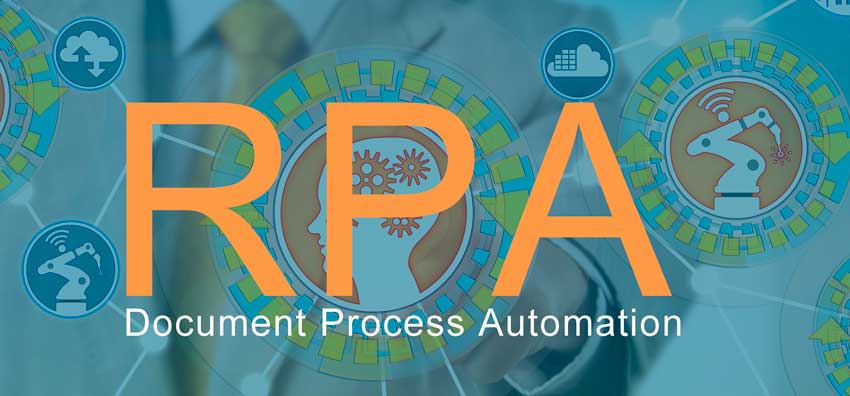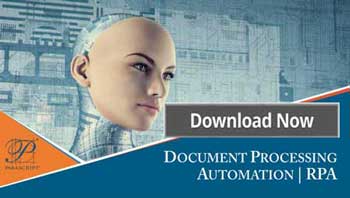 Drilling into cognitive robotic process automation (RPA) reveals document automation at its center.
Drilling into cognitive robotic process automation (RPA) reveals document automation at its center.
Most leading platforms do a good job at supporting creation of routines that automate highly structured processes such as those involved in IT or finance. When it comes to limitations, many will agree that future capabilities need to support unstructured information, often the kind found in documents that are involved in business processes. Think processes such as loan origination or financial auditing. If you have been following the increased excitement and attention to RPA, or have been involved with an implementation of this technology, you have undoubtedly learned about the promises and limitations of RPA bots.
RPA and Complex Workflows
RPA can help to automate some aspects of complex workflows, such as scoring loans or pulling out data of record to compare to supporting documentation, but RPA cannot help with all of it. Probably the most costly part of these processes are the tasks associated with document handling or processing.
For instance, in a financial audit, an auditor must review the general ledger data and compare it with supporting documentation. RPA can automate the general ledger extract and present it, but it cannot easily find the appropriate supporting documentatio. It certainly cannot locate the necessary data and perform the comparison. This is because it is rare to have supporting documentation that is already tagged with structured metadata to facilitate this process.
Cognitive RPA and Document Processing
In almost all cases, software is required to analyze these supporting documents to find the correct ones and then to locate and extract the data that needs to be verified. This area is increasingly what RPA vendors refer to as “cognitive automation” or “cognitive RPA” because it requires more sophisticated machine learning technologies including automated classification and data extraction that use a variety of techniques such as visual analysis, text analysis and in some cases, natural language processing for truly unstructured letters and documents.
Exception Handling
Adding these new capabilities is not as straight-forward or structured as automation of strict rules involved in most of today’s RPA deployments. There is less precision due to the complexity of documents and data needs involved. So the process, rather than having it completely unattended, still requires some level of exception handling. The difference being that the actions during exception handing can also participate in the cognitive process by identifying new document types and generating logic to locate new data types; a type of closed-loop, reinforced learning that resembles a human-centric way of doing things.
Machine Learning
With machine learning approaches to document automation already moving into the market, the marriage with RPA is a natural progression of automating an entire high-touch, costly workflow. High quality, accurate data extracted via document automation is at the center of successful cognitive RPA implementations.
If you found this blog article interesting, you might find this RPA eBook useful:




